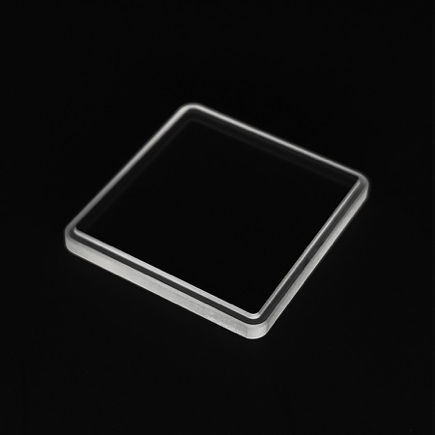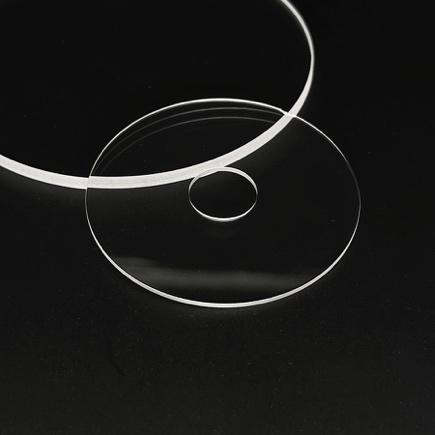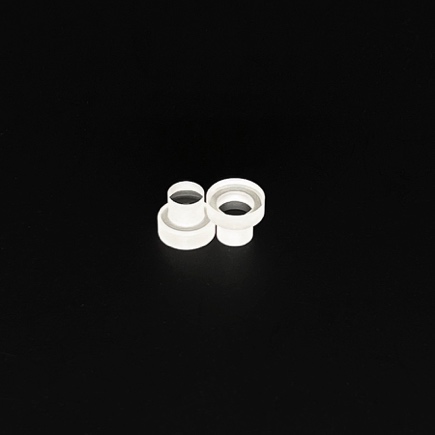In general, It is an emerging optical window with many ideal mechanical and optical properties.
The sapphire window we are talking about does not refer to natural sapphire as you know grown in natural environment, but a Lab-Created single crystal prepared in the factory. In addition, the pure sapphire grown in the laboratory does not have any color,it’s called white sapphire. The colored sapphire looks red, blue, and yellow because the residue has some impurities, such as golden (Ni, Cr), yellow (Ni), red (Cr), blue (Ti, Fe), green (Co, Ni) , V), purple (Ti, Fe, Cr), brown, black (Fe). Most of time we use white sapphire and Red sapphire making sapphire windows.
Sapphire window have superior transmission ability. It is both highly transparent to wavelengths of light between 150 nm (UV) and 5500 nm (IR) (the visible spectrum extends about 380 nm to 750 nm), and extraordinarily scratch-resistant
The key benefits of sapphire windows are:
· Very wide optical transmission band from UV to near-infrared, (0.15–5.5 µm)
· Significantly stronger than other optical materials or standard glass windows
· Highly resistant to scratching and abrasion (9 on the Mohs scale of mineral hardness scale, the 3rd hardest natural substance next to moissanite and diamonds)
· Extremely high melting temperature (2030 °C)
How it is made:
The Synthetic Sapphire boules was created in a furnace, and then the boule will be sliced up into the desired window thickness and finally polished to the desired surface finish. Sapphire optical windows can be polished to a wide range of surface finishes due to its crystal structure and its hardness. The surface finishes of optical windows are normally called out by the scratch-dig specifications in accordance with the globally adopted MIL-O-13830 specification
Post time: Sep-03-2021










